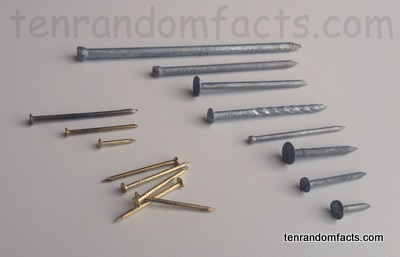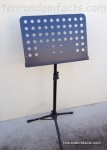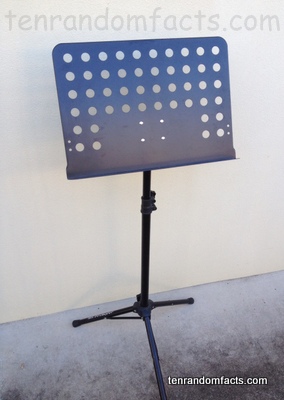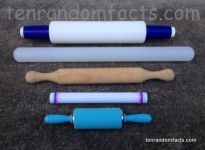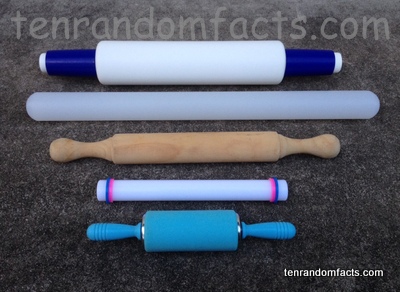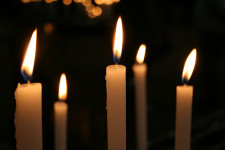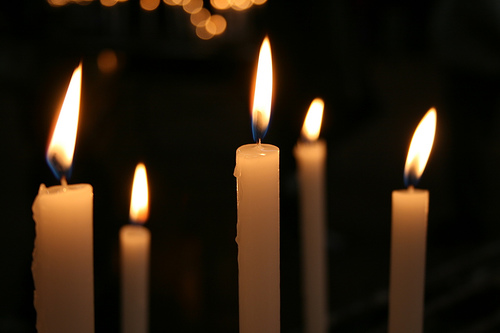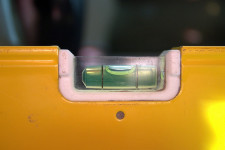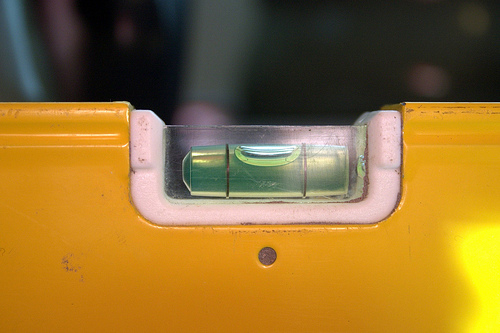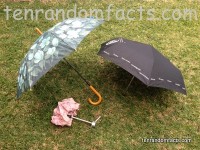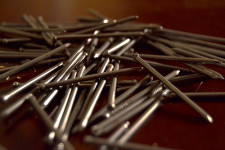
Will you nail these facts into your head?
- A nail is an invention used to secure multiple objects together; or used for ornamental purposes; or to hang items, especially on a wall.
- Typically, nails are a thin cylindrical shape with a point at one end and a flat head at the other, although some versions are without a head.
- Hammers are most often used to drive nails into objects, although specially engineered air guns are also used.
- Nails are secured in objects by the laws of friction, and they can bear a secured object’s force due to their sturdiness.
- The Ancient Egyptians crafted nails of bronze around 3400 BC, while copper ones were also used in ancient history, and at a later stage they were created from iron.
- Originally, nails where individually handmade, generally built from a rectangular iron piece, made by families primarily for themselves and also by blacksmiths for commercial purposes.
- Attempts to mass produce nails via the use of machines took place from the 1790s, although they only became an efficient, commercially viable option in the late 1800s with the introduction of ones made from wire, rather than ‘cut’ ones made from iron rectangular shaped rods.
- Various metals can be used to make nails, from bronze, brass, aluminium, iron, and copper, and the steel ‘wire’ method of making them is now the most frequently used material and process.
- The most commonly available nails range from 1 to 7 millimetres in diameter (0.04 to 0.28 inches) and 2 to 21 centimetres (0.8 to 8.3 inches) in length, and there are a wide variety of different types which are used for various and specific purposes.
- Nails are extremely popular in the construction of many objects, including wooden houses and frames, which use 20,000 to 30,000 per house.



